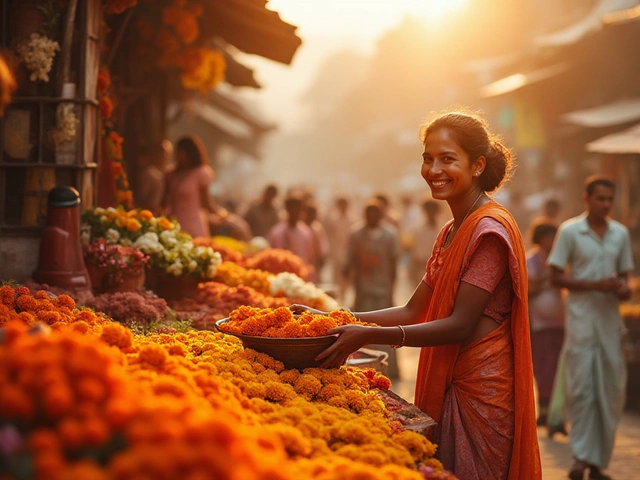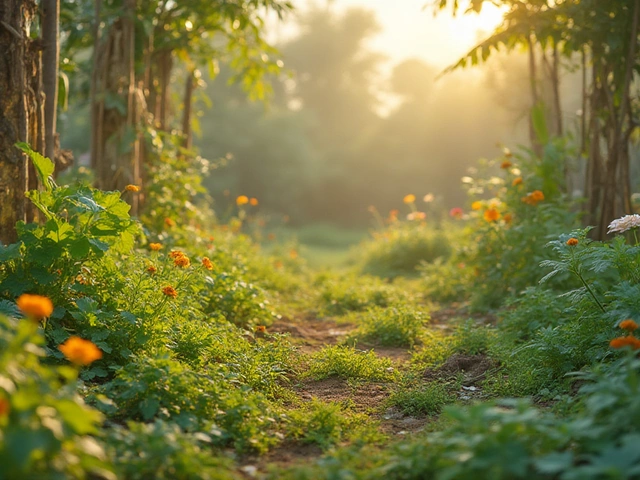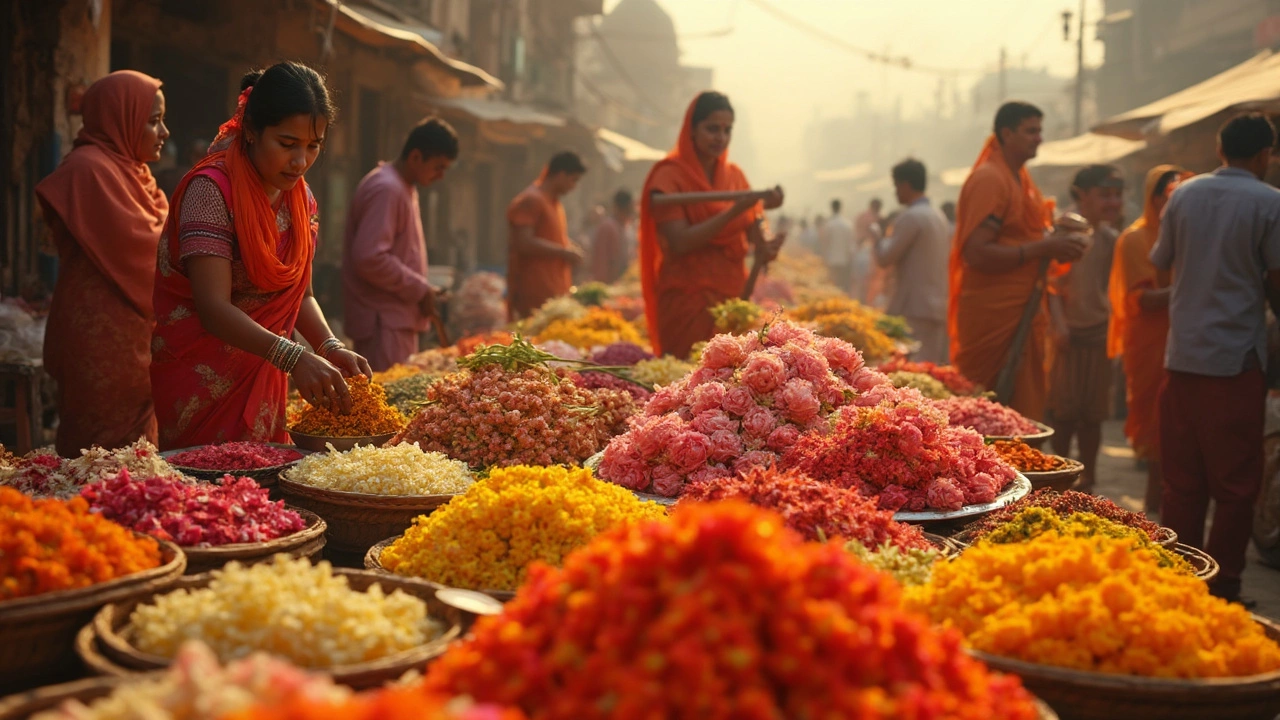Flower Demand India: What Drives the Market and When Flowers Shine
Ever wondered why flowers suddenly flood the streets during certain times of the year? In India, festivals, weddings, and cultural traditions turn flowers into a hot commodity. Knowing the peak seasons and the most sought‑after blooms can help you plan a garden, a business, or just pick the right bouquet.
First off, demand spikes around major celebrations. Diwali, Navratri, and Ganesh Chaturthi all need marigolds, roses, and jasmine. Weddings are another huge driver – couples order thousands of flowers for décor, garlands, and favors. Because these events follow the lunar calendar, the demand timeline shifts a bit each year, but you can still spot the general pattern.
Best Months for Flower Blooming in India
The weather decides which flowers are ready to sell. From October to February, the cooler months bring a boom in rose, marigold, and chrysanthemum production. March to June is the hot season, perfect for sun lovers like hibiscus and bougainvillea. Monsoon (July‑September) favors water‑loving lilies and lotus, though heavy rain can delay harvesting.
Our post "Best Months for Flower Blooming in India" breaks down the regional differences. In the north, you’ll see a burst of tulips and daisies in early spring, while the south enjoys a year‑round supply of jasmine and orchids thanks of the tropical climate.
Lucky Flowers and High‑Demand Varieties
Some flowers carry cultural weight that pushes their demand beyond aesthetics. Marigold, often called the “lucky flower,” is a must‑have for auspicious occasions. Our "Which Is the Luckiest Flower in India?" article explains how families believe marigold brings prosperity and why retailers stock it heavily during festive months.
Fast‑growing flowering trees like Jacaranda and Indian Laburnum also attract buyers who want quick color in gardens. The "Fastest Growing Flowering Trees for Indian Gardens" guide lists varieties that reach flowering height in under two years – perfect for landscaping projects with tight timelines.
If you’re thinking about a business, focus on these high‑turnover items: marigold, roses, jasmine, and fast‑blooming trees. Pair them with a reliable supply chain – local farms, drip‑irrigated fields, or greenhouse setups – to meet the spikes during festival seasons.
Beyond market demand, consider sustainable practices. Using drip irrigation (see our guide on "How Deep Should Drip Irrigation Lines Be Buried?") saves water and keeps flower quality high, especially in drought‑prone regions.
To sum up, flower demand in India follows a clear rhythm: festivals boost short‑term sales, while climate dictates which blooms are available. Target the lucky flowers for cultural events, and add fast‑growing trees for landscaping projects. Keep an eye on the seasonal calendar, use efficient watering, and you’ll stay ahead in the bustling Indian flower market.
Which Flower Is Most in Demand in India? Digging Into the Popular Choices
Trying to figure out which flower rules the Indian market? This article zeroes in on the flowers with the highest demand in India—right from temples to weddings, and even daily rituals. You'll get practical insights on why certain blooms outshine others, what's driving their popularity, and real-life tips to grow them yourself. The guide also covers money-making possibilities for home gardeners and small businesses. Expect relatable facts and advice you can actually use to choose and care for popular Indian flowers.
About
Flower Gardening
Latest Posts


Most Sought-After Flowers in India's Blooming Market
By Alden Thorne Jan 12, 2025

Alternative Pest Control: Natural Solutions for Safe Gardening
By Alden Thorne Jul 15, 2025

Make a Large Yard Feel Cozy: Terrace Gardening Tips That Work
By Alden Thorne Jun 17, 2025

